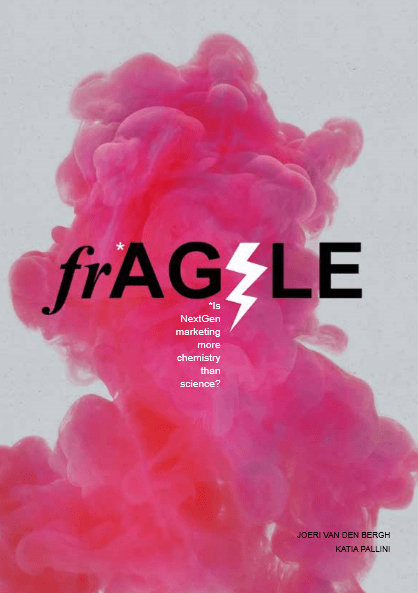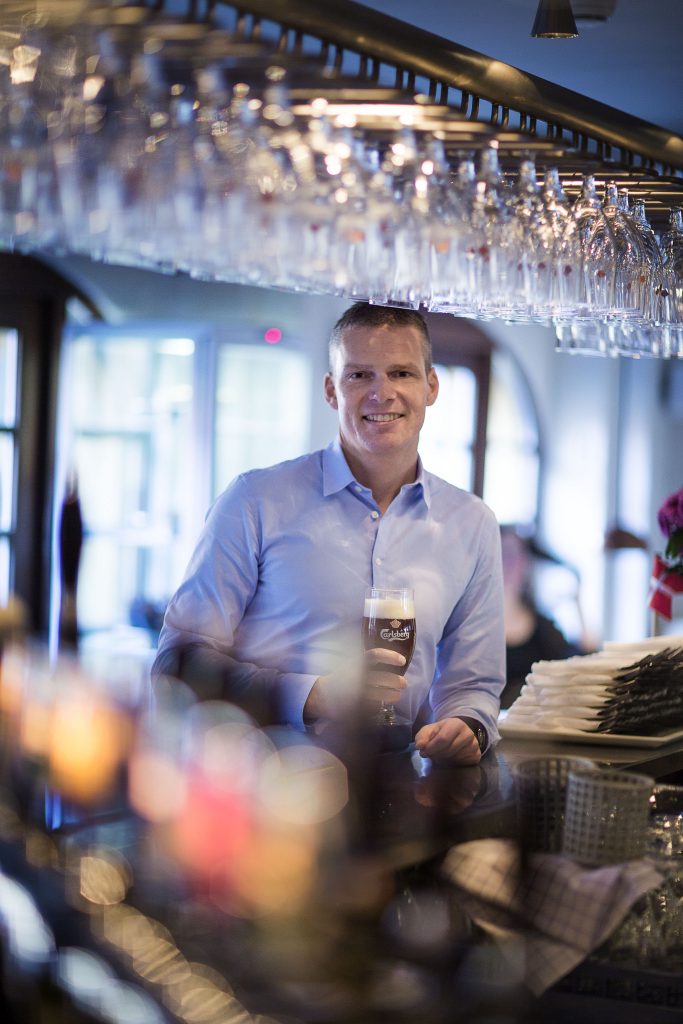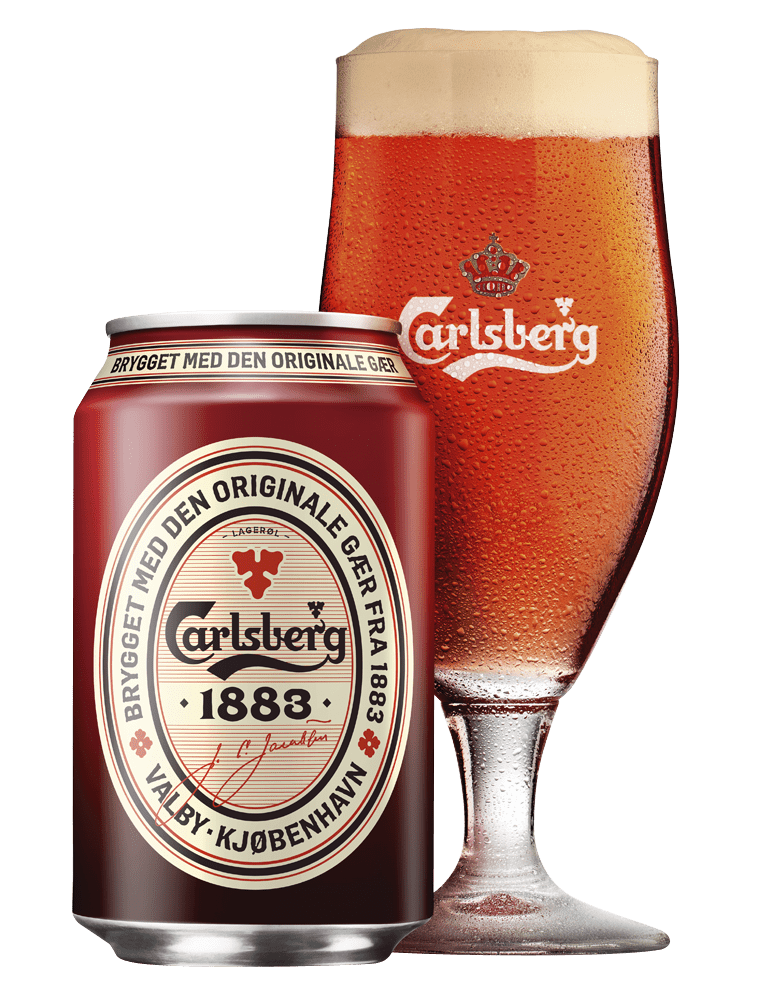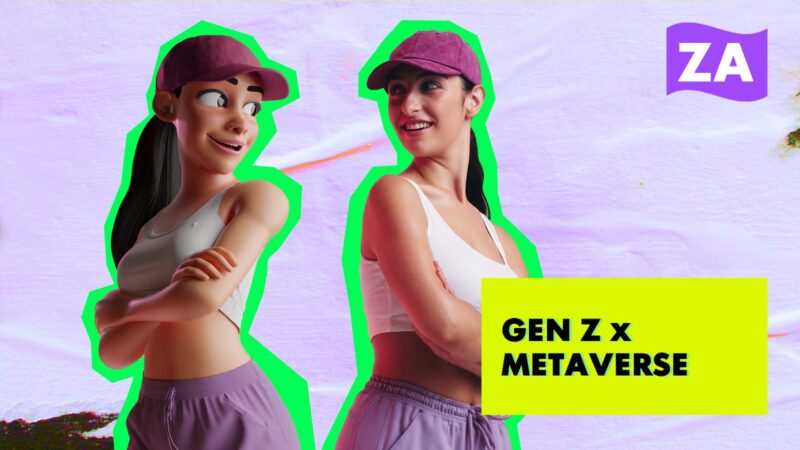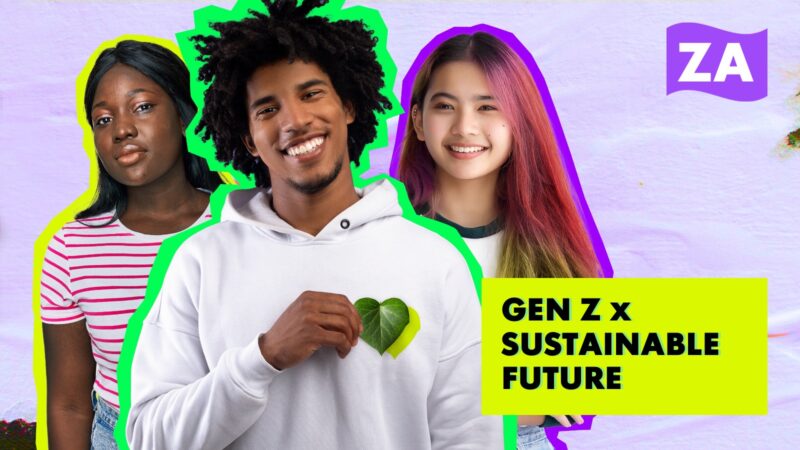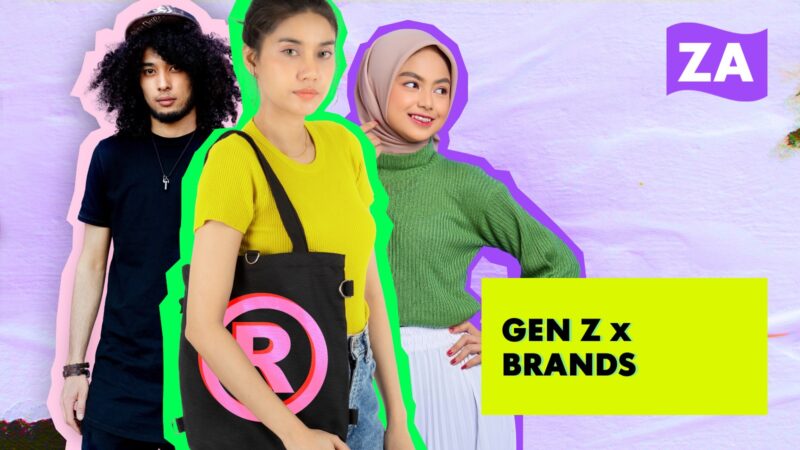Going back to the roots is indeed one of the trends that brings relevance for NextGen; are there any other trends in your sector that are interesting to consider in marketing to Millennials?
Increasingly more consumers request alcohol-free alternatives. Just a few years ago, alcohol-free beer was perceived as being a little bit dodgy. If you were ordering an alcohol-free beer, either you were pregnant or you had an issue. Today, alcohol-free beer is much more of a proactive choice, rather than a neglection of something you would like to have (i.e. the alcohol). So we see this is changing. Before the launch of our Carlsberg Nordic, non-alcoholic beer accounted for 0.7% of the total beer market; now it has doubled and we expect it to grow even more.
Another trend is urbanization. The fact that there are more single households, with more people living in urban areas, comes with a growing demand for smaller pack sizes. Consumers are not shopping for bulk products anymore but rather doing daily visits and buying what they need. We also see that more and more consumers are eating and drinking on the go, with the convenience aspect coming in much stronger, as is the demand for more convenient pack types.
As a closing question, are there any brands outside your category that are interesting to follow with regards to connecting with the youngest generations?
A brand that maybe comes to mind is Nespresso, which has not only changed the consumption of coffee, but also the whole value perception. Coffee used to be a product that you bought in 250gr packs at a campaign price. Here it’s 10 times the price of a cup, because they managed to turn this out-of-home consumption pattern back to an in-home consumption pattern. So that’s an interesting case in terms of changing the value perception of a category.
